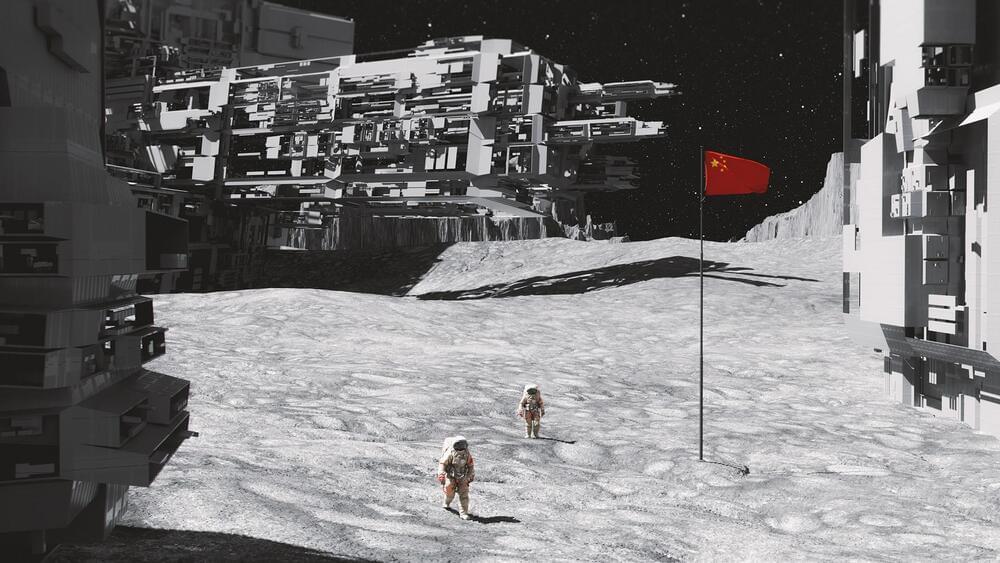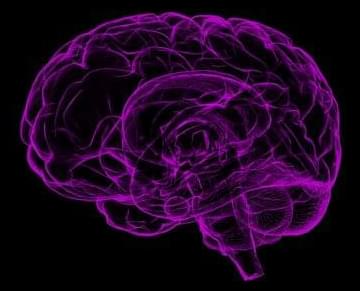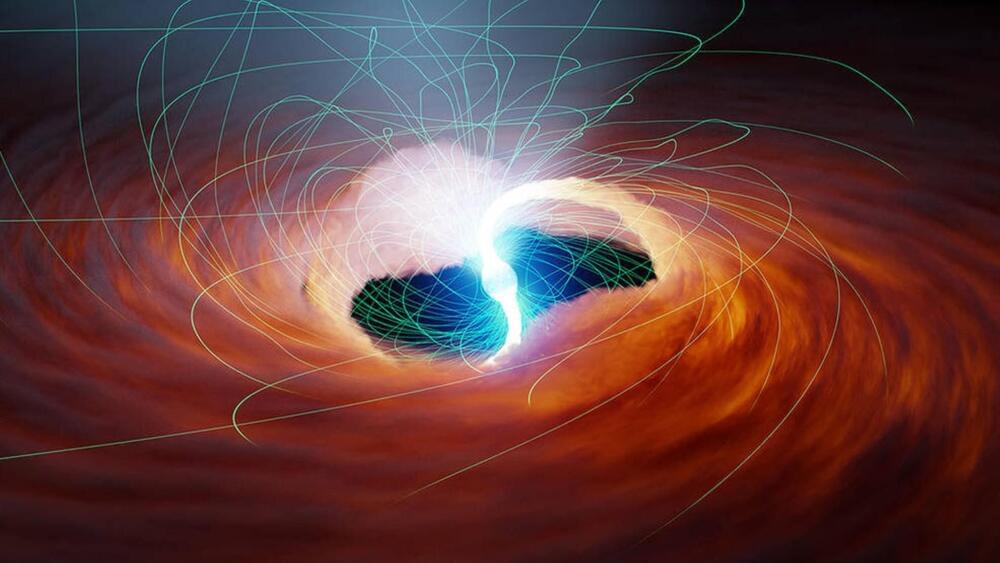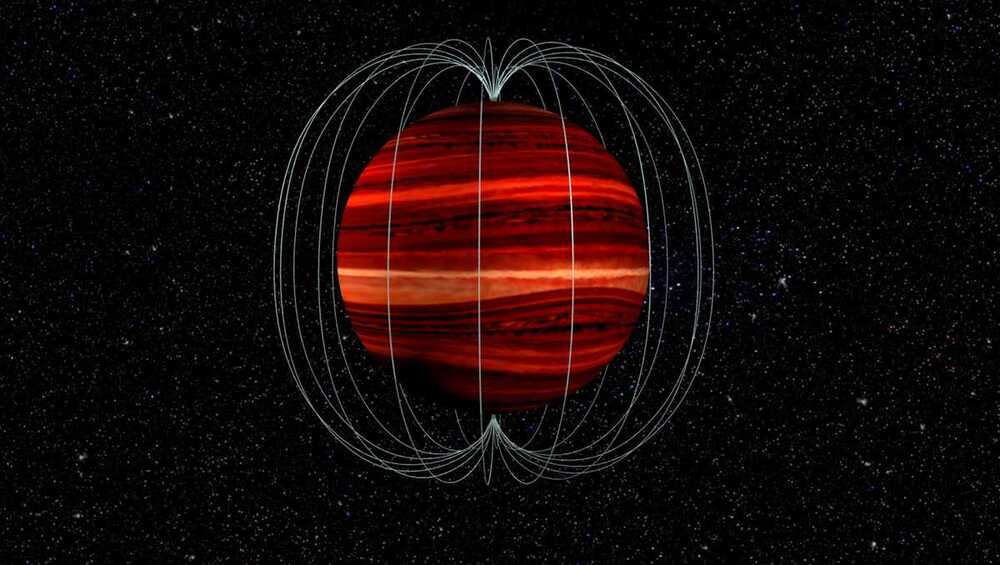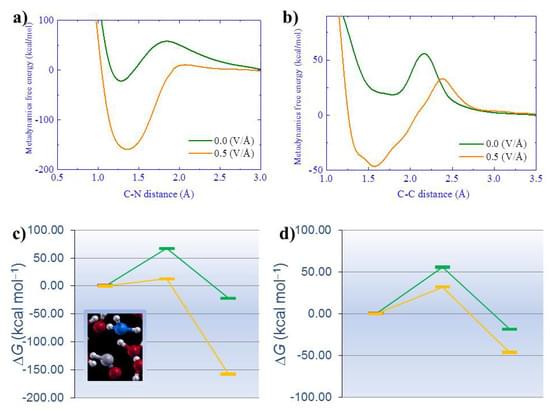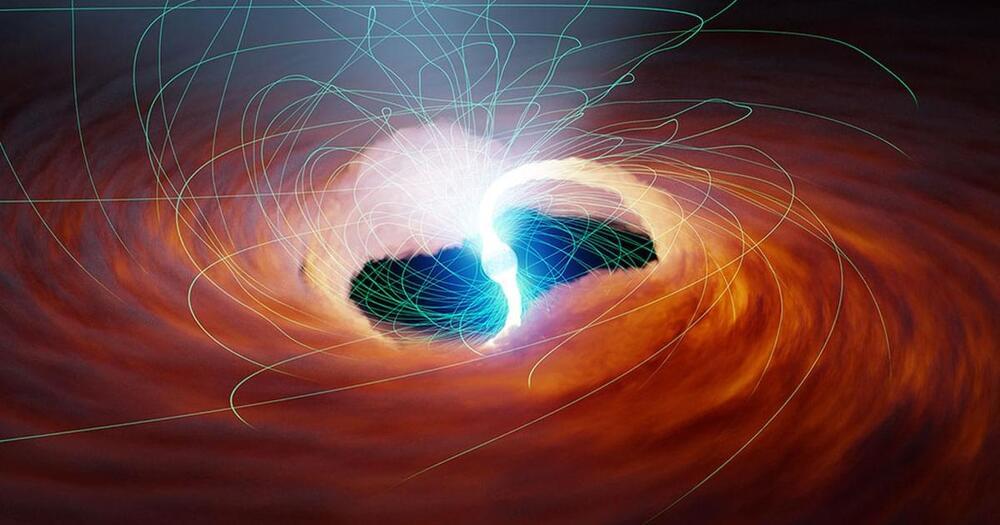Apr 14, 2023
China to launch ‘Chinese Super Masons’ robot to build lunar bases with moon soil by 2028
Posted by Gemechu Taye in categories: biological, robotics/AI, space
The robot tasked with making bricks out of lunar soil will be launched during China’s Chang’e-8 mission around 2028.
With Artemis II set to launch on November 24, it is no surprise that science journals are buzzing with research on lunar regolith, building bases on the moon, and working with moon soil to grow plants… you get the drift.
A recent study in the journal Communications Biology described an experiment in which the moon soil samples collected during the Apollo missions were used to grow plants. And for the first time, an Earth plant, Arabidopsis thaliana, commonly called thale cress, grew and thrived in the lunar soil samples during the experiment.
